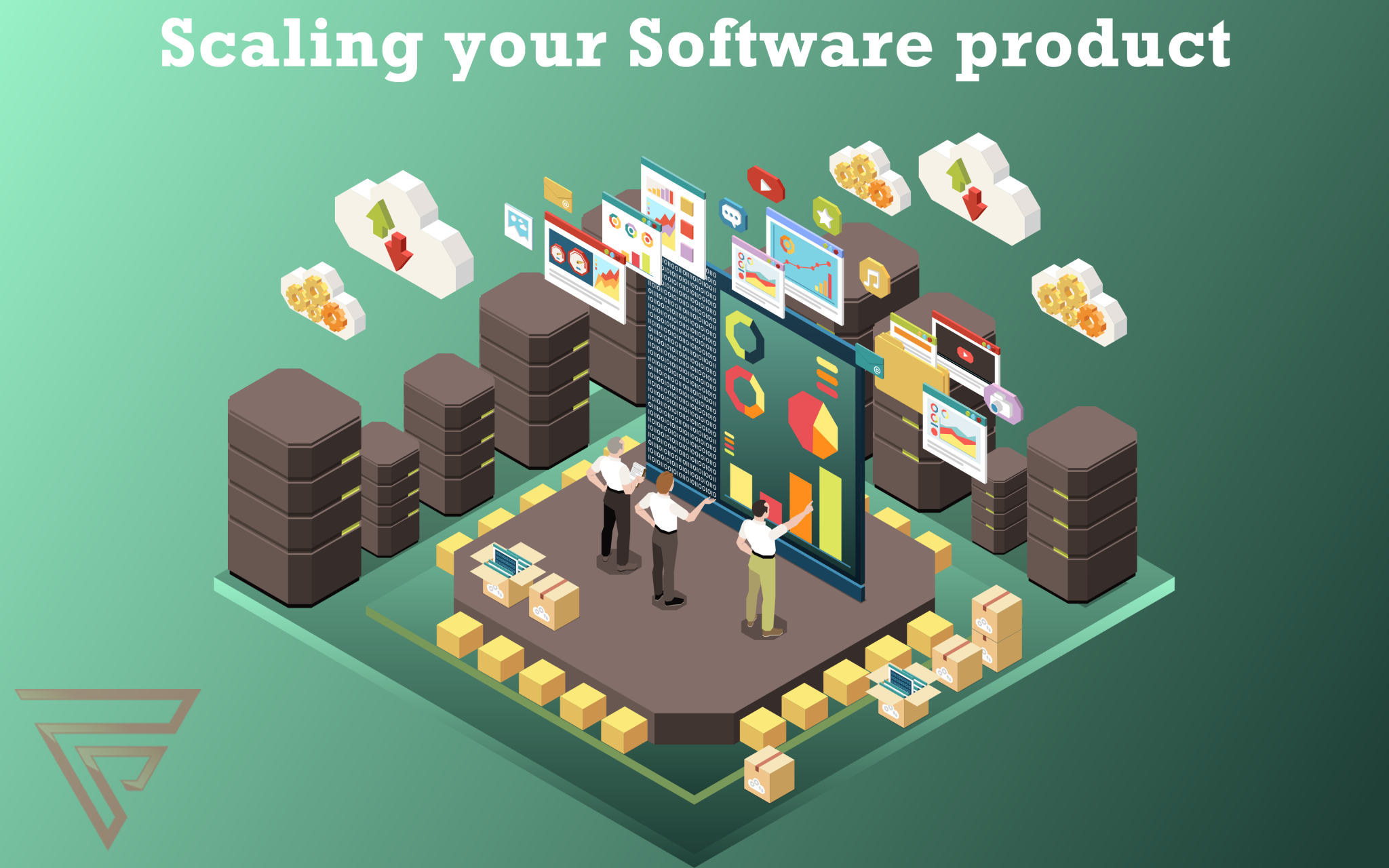What is scaling?
There are barely two stages of a product or service of a startup. Firstly, you design a perfect experience and secondly, you scale that experience. We’ve to surely agree that the goal of the product development has always been to create the best possible product for its target market.
Scaling is about ensuring that product is robust enough to survive and then thrive in that market. The overall aim is to create an efficient, secure product serving a larger number of users.
Why do we need to scale our product ?
When scaling our digital product and bringing it to maturity, we focus on three core aims:
1. Growth
2. Incorporating new technologies
3. Improving product reliability without affecting current performance
In practice, it means that we should look closely at the means of expanding the product’s scope, both horizontally and vertically. We should also apply our engineering practices with scalability and stability in mind, refine the current functionality and seek out opportunities for new functionality that suits both the product and the market.
When scaling, how do we know what to change?
Though options for change and improvement could come from anywhere, once our product is on the market, there are a several common sources for potential scaling work :
1. Additional or new user needs
2. Tracking user activity
3. Users will find problems for you
4. Unexpected uses
What are the benefits of product scaling ?
Scaling your digital product carries the following benefits:
Speed – Scaling should be about small, rapid changes, each on improvement on product functionality.
Efficiency – The rapid iteration and testing process when scaling maximizes the use of developer time.
Non-disruptive – The small changes in scaling mean minimum disruption or difficulty for users.
What are the principles of scalability ?
Usage – Usage measures the number of simultaneous users or connections possible. There shouldn’t be any artificial limits on usage.
Maximum stored data – This is especially relevant for sites featuring a lot of unstructured data: user uploaded content, site reports, and some types of marketing data.Data science projects fall under this category as well. The amount of data stored by these kinds of content could rise dramatically and unexpectedly.
Code – Inexperienced developers tend to overlook code considerations when planning for scalability. Code should be written so that it can be added to or modified without refactoring the old code. Good developers aim to avoid duplication of effort, reducing the overall size and complexity of the code base.
Scaling out vs scaling up
Scaling up – Vertical scaling involves growing by using more advanced or stronger hardware. Disk space or a faster central processing unit (CPU) is used to handle the increased workload.Scaling up offers better performance than scaling out.
Everything is contained in one place, allowing for faster returns and less vulnerability. The problem with scaling up is that there’s only so much room to grow. Hardware gets more expensive as it becomes more advanced. At a certain point, businesses run up against the law of diminishing returns on buying advanced systems.
Scaling out – Horizontal scaling is much more widely used for enterprise purposes. When scaling out, software grows by using more- not more advanced- hardware and spreading the increased workload across the new infrastructure.
Costs are lower because the extra servers can be the same type currently used. Scaling happens faster, too, since nothing has to be imported or rebuilt.





